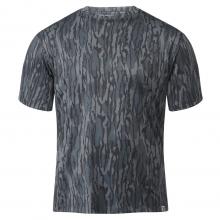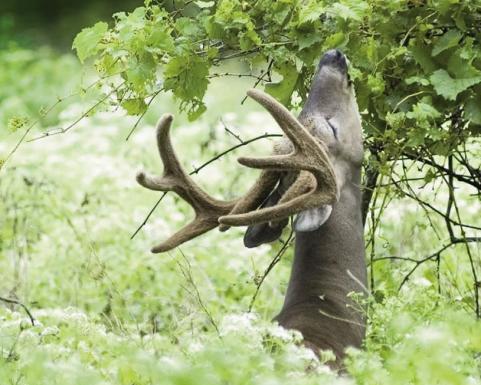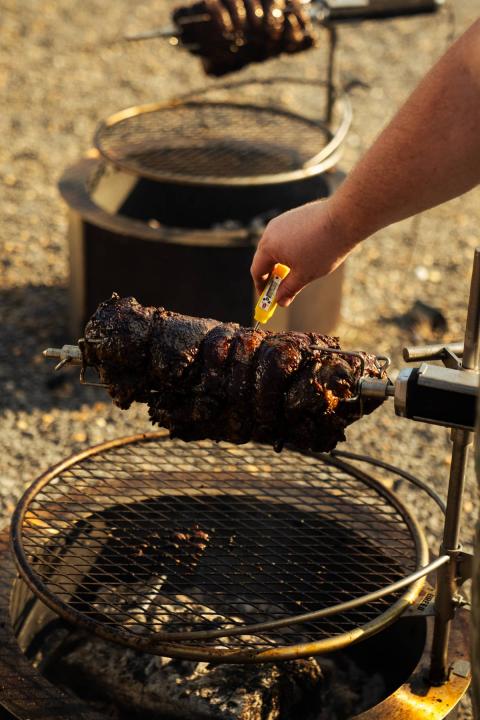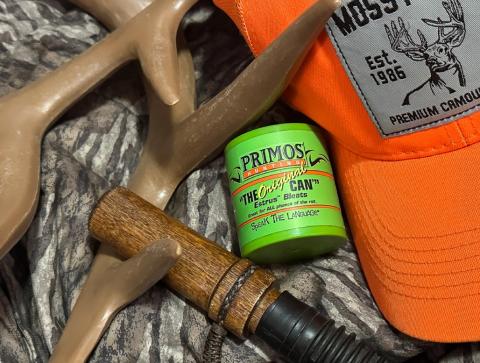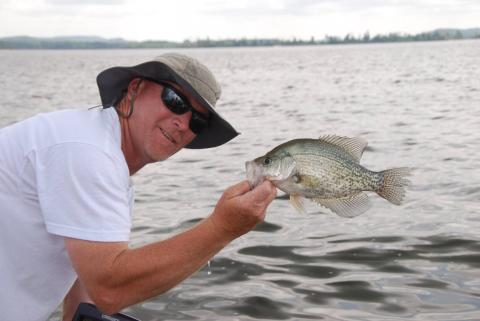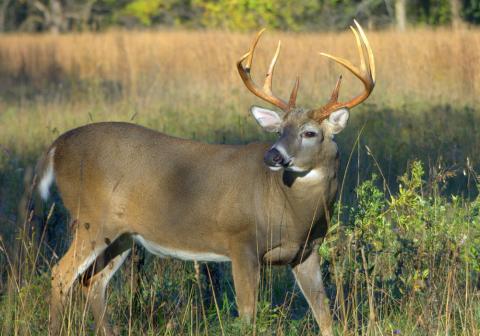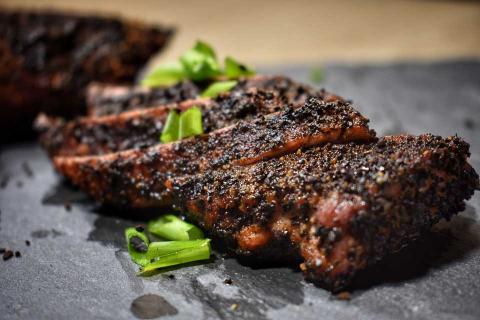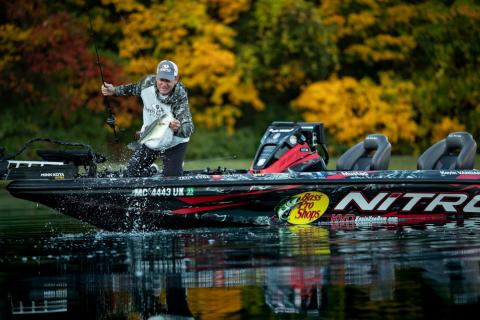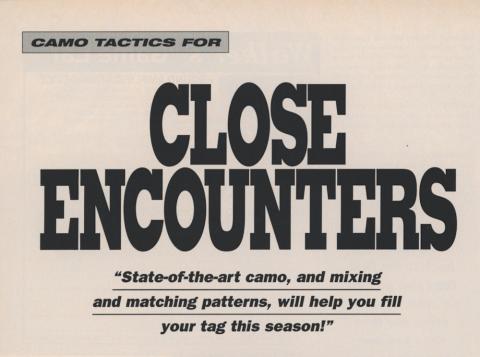By Heath Wood
December marks a prime time for predator hunters as the cold temperatures of late fall transition into winter, pushing coyotes into a heightened state of activity.
Even though I enjoy coyote hunting all year and have had success throughout the year, December often marks the start of my “winter season” of coyote calling and is the beginning of what I believe to be the best time to hunt coyotes.
With food sources such as mice, moles, and other rodents dwindling and coyotes' energy demands rising to keep warm during the cold winter, these clever predators become more vulnerable to well-planned hunts. Whether you’re an experienced predator hunter or just beginning, understanding how cold weather influences coyote behavior, mastering effective calling strategies, and equipping yourself with the right gear can make all the difference in success during a coyote's most active time of year.
How Cold Weather Impacts Coyote Behavior

Coyotes must consume more calories during winter to stay warm and maintain their energy levels. As temperatures drop, their hunting and scavenging activity increases, often pushing them into daylight hours. They may stray closer to human settlements or livestock areas in search of easy meals. More importantly for predator hunters, they come to calling sounds with less trepidation than many other times of the year. This behavior makes December an ideal time to set up in high-traffic areas like open fields, edges of wooded cover, and near water sources where prey species like rabbits or rodents are still active.
Additionally, the cold, crisp air carries sound better, allowing calls to reach farther distances. A cold coyote, attuned to any opportunity for food, may respond more aggressively to distress calls in December than earlier in the season for one main reason: they are hungry!
Effective Calling Strategies for Late-Year Hunts
In December, coyotes are driven primarily by hunger, making prey distress calls highly effective. Rabbit distress calls, especially high-pitched sounds like those mimicking a cottontail or jackrabbit, can trigger quick responses. As the season progresses and coyotes become more cautious, mixing in other prey calls, such as rodent or bird distress, can keep them curious.
However, my favorite winter calling sequence is a close comparison to competing for the last piece of pie at a Christmas dinner. When there is competition to get to the food first, things quickly get more active. The same goes when pairing distress calls with coyote vocalizations, such as lone howls or challenge barks that often trigger a coyote’s territorial instincts. In some regions, mid-December marks the beginning of the breeding season, so introducing a few subtle mating calls on an electronic call or hand call can pique their interest in a breeding aspect as well. Hunters should create urgency to get to the sound of a quick meal. After a coyote has heard another coyote in the area (howling calls) and hears the sound of a free meal (distress calls), the territorial instincts make them want to respond faster than the other coyote. Regardless of the strategy, remember to vary your sequence, as overused patterns can educate coyotes and make them wary.
Essential Gear for Winter Predator Hunts

Hunting in December and January requires both functional and weather-resistant gear. Here’s a quick checklist to ensure you’re ready for the cold:
- Thermal and Night Vision Optics: While daylight activity increases in December, much of the action still occurs at dawn, dusk, or night. Thermal scopes and night vision goggles allow you to spot coyotes in low-light conditions. Check your local regulations for using thermals and artificial lights when hunting.
- Layered Clothing System: Insulated, moisture-wicking base layers paired with waterproof outerwear help maintain warmth and comfort. Opt for your favorite Mossy Oak patterns blending into snowy or barren winter landscapes.
- Reliable Predator Calls: An electronic call with various distress and vocalization options, such as those offered by many call companies such as FOXPRO, Primos, ICOtec, or Johnny Stewart Calls, can improve your success rate.
- Shooting Sticks or Bipods: Stabilizing your rifle is crucial for precision in open fields or longer distances and keeping your gun safe from wintery conditions when hunting on the ground.
- Decoys: A moving decoy can visually seal the deal, drawing coyotes into range as they focus on the perceived prey.
- Emergency Supplies: A winter first-aid kit, extra batteries, high-energy snacks, and extra gloves and headgear are vital for safety and sustained energy.
The Role of Predator Hunting in Wildlife Management
Beyond the thrill of the hunt, predator hunting is critical in maintaining balance for other huntable game, such as deer and turkey, and small game, such as rabbits and quail. As coyote populations grow, they can over-predate on deer fawns, ground-nesting birds, and small game species. In December, when prey is scarcer, this pressure increases potentially destabilizing local wildlife populations. By targeting coyotes during this time, hunters help protect these species and support healthier ecosystems. Additionally, reducing predator numbers can alleviate conflicts with livestock owners and farmers, who often face losses to newborn calves or a baby kid goat to opportunistic coyotes in winter.
December is an exciting time to embrace the challenges and rewards of predator hunting. You can make the most of late-season hunts by understanding coyote behavior during cold weather, honing your calling techniques, and preparing with the right gear. And as you enjoy the hunt, remember that your efforts contribute to wildlife conservation and balance, making it even more meaningful.







